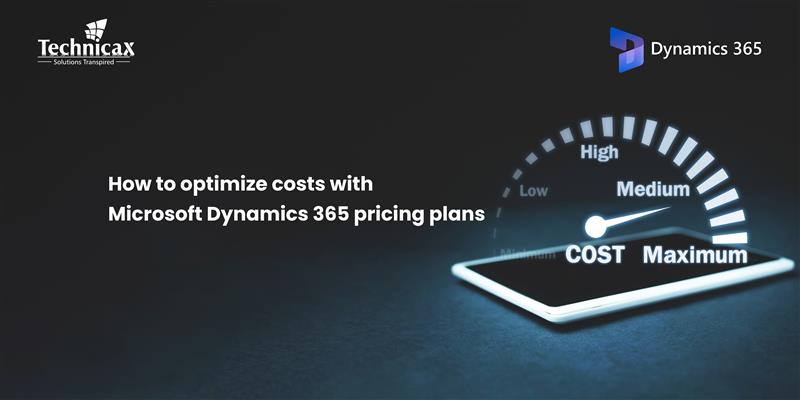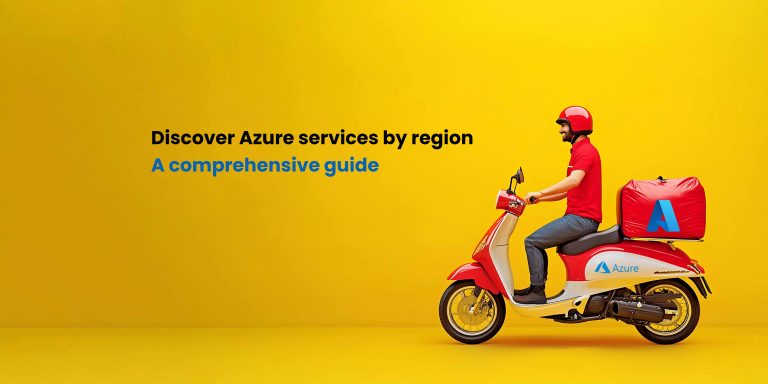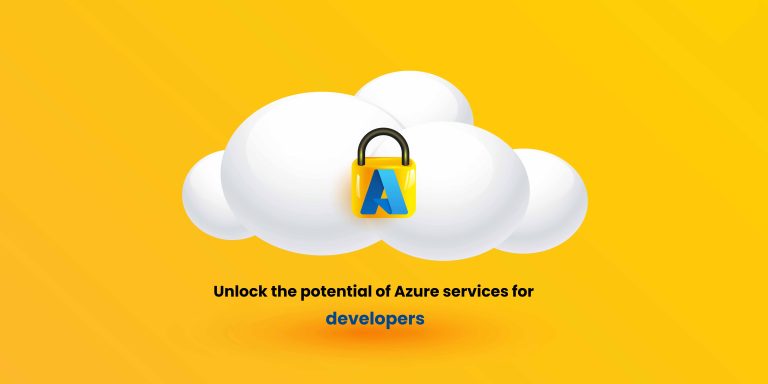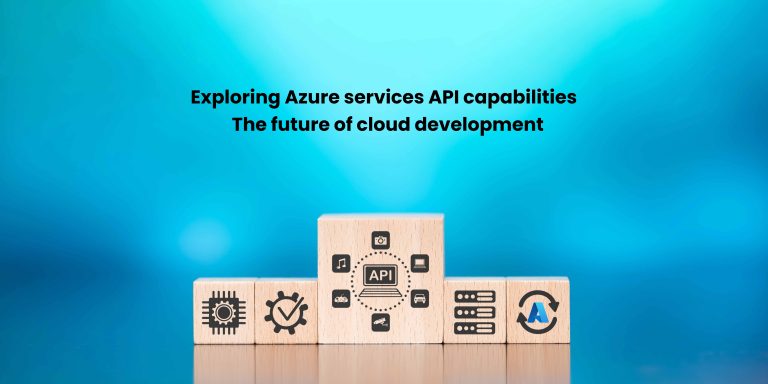Choosing the right Azure services pricing model is essential for businesses to optimize cloud costs while meeting operational needs. Azure offers two primary pricing models that cater to different use cases – Pay-As-You-Go and Reserved Instances. Both have their advantages and your choice depends on your specific workloads, scalability needs and budget.
1. Pay-as-you-go – Flexibility for dynamic workloads
The Pay-As-You-Go model in Azure is ideal for businesses with fluctuating demand, as you pay only for the resources used, without any upfront investment, allowing for easy scaling.
Benefits of Pay-as-you-go
- No upfront costs – You avoid long-term financial commitments, providing maximum flexibility for scaling your cloud resources.
- Scalability – Easily scale up when demand increases and scale down during off-peak times, optimizing resource allocation and keeping costs under control. Learn more about Azure Pay-As-You-Go pricing
- Ideal for short-term or seasonal projects – This model works best for businesses running temporary campaigns, seasonal applications or new product launches where cloud needs are variable.
While Pay-As-You-Go offers flexibility, it can result in unpredictable costs, with monthly expenses varying significantly, challenging businesses that need budget stability.
2. Reserved instances – Cost savings for predictable workloads
For businesses with predictable workloads, Reserved Instances can yield substantial savings. Committing to Azure resources for one or three years can result in cost reductions of up to 72% compared to Pay-As-You-Go pricing.
Benefits of reserved instances
- Significant cost savings – By committing to long-term usage, businesses can save up to 72%, reducing cloud costs considerably. Discover more about Azure Reserved Instances.
- Budget predictability – Reserved Instances make it easier to plan for future expenses since the cost is fixed, enabling better financial forecasting.
- Best for steady workload – Businesses with stable usage patterns, like consistent applications or large databases, can rely on the Reserved Instances model for benefits.
However, Reserved Instances require a commitment, which can lead to underutilization and wasted costs if your business needs fluctuate. Thus, this model is not suitable for businesses with dynamic or unpredictable demand.
Which Azure services pricing model is right for your business?
The choice between Pay-As-You-Go and Reserved Instances depends on your business’s specific needs and usage patterns.
- If your business has unpredictable workloads with fluctuating demand or short-term projects, the Pay-As-You-Go model provides the flexibility to avoid long-term contracts. You only pay for what you use, allowing you to adjust resources as needed.
- Reserved Instances minimize costs and ensure budget predictability, making them ideal for businesses with stable workloads and consistent resource needs.
- A hybrid approach allows businesses to use Pay-As-You-Go for peak times while reserving resources for core operations, balancing flexibility and savings.
For cost estimation, the Azure Pricing Calculator helps you compare options based on your business needs.
Choose Pay-As-You-Go for flexible scaling or Reserved Instances for cost savings with predictable workloads.
Azure’s Cost Management tools further assist in monitoring and optimizing cloud spending to maximize your investment.
Check out the related blogs for further reading

How to optimize costs with Microsoft dynamics 365 pricing plans
Microsoft Dynamics 365 pricing can be complex, but with the right approach, businesses can control costs while maximizing…

Dynamics 365 pricing and licensing – what you need to know
Microsoft Dynamics 365 is a cloud-based suite of business applications designed to help organizations manage operations efficiently. It…

Dynamics 365 Fraud protection – key features and benefits for businesses
Fraud is a growing concern for businesses, significantly impacting revenue, security, and customer trust. As digital transactions continue…








